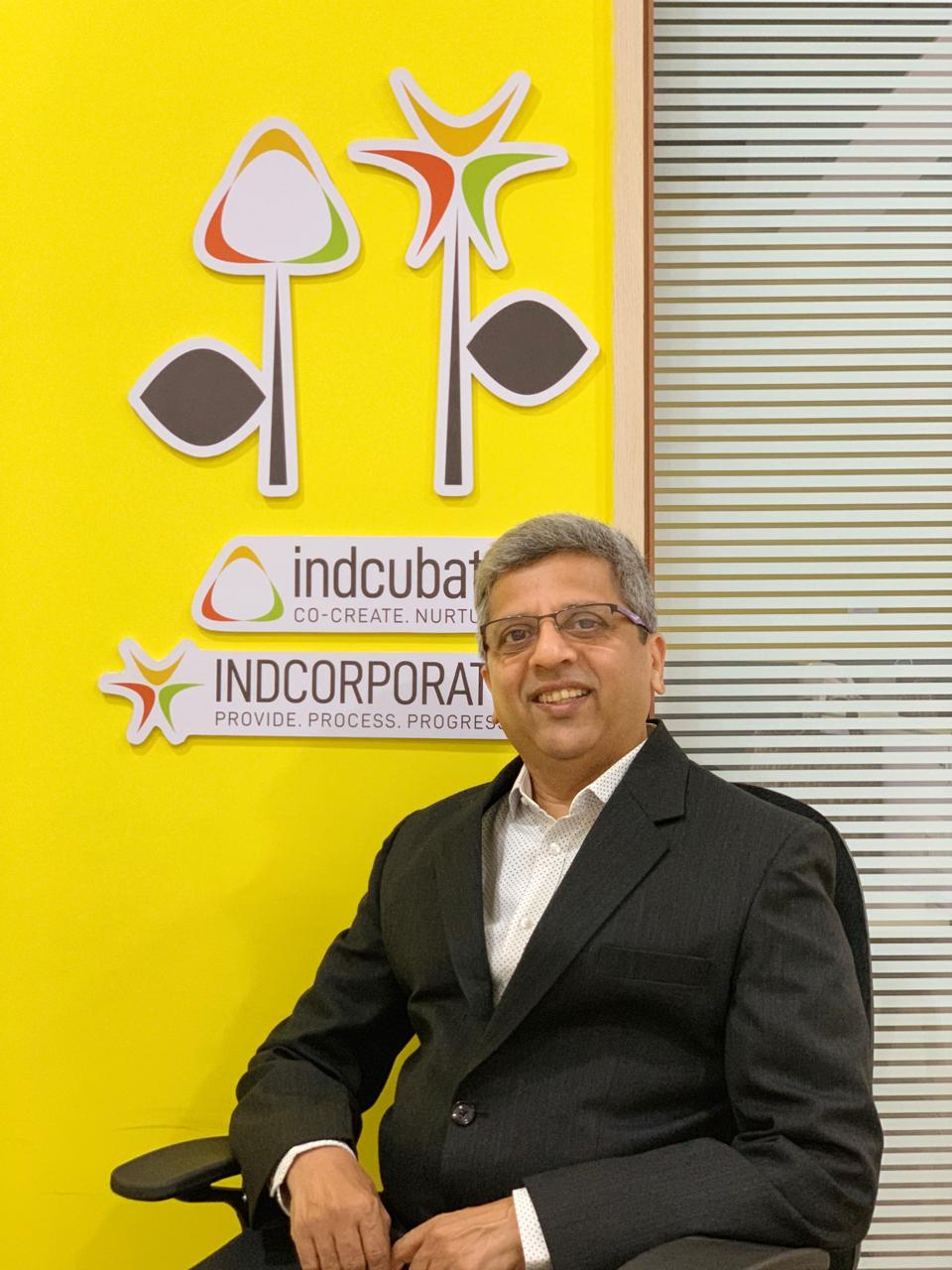Summary
Build-Operate-Transfer (BOT) contracts are public-private partnerships where private entities finance, build, and operate infrastructure projects before transferring ownership to the government. This model promotes efficiency, innovation, and risk-sharing, while enabling governments to access private capital for large-scale development. Various BOT variations cater to diverse project needs across sectors like transportation, energy, IT, and urban infrastructure.
Introduction
Build-Operate-Transfer (BOT) contracts are pivotal in facilitating infrastructure development through public-private partnerships (PPPs). They enable private entities to finance, construct, and operate projects for a specified period before transferring ownership back to the public sector. This model is instrumental in delivering large-scale infrastructure projects without imposing immediate financial burdens on governments.
Key Components of BOT Contracts
1. Build Phase
In this initial phase, the private entity, often referred to as the concessionaire, undertakes the design and construction of the infrastructure project. This includes securing necessary permits, conducting feasibility studies, and mobilizing resources for construction.
2. Operate Phase
Upon completion, the concessionaire operates and maintains the facility for a predetermined period. During this time, they are entitled to collect revenues generated by the project, aiming to recoup their investment and earn a profit.
3. Transfer Phase
At the end of the concession period, the concessionaire transfers ownership and operational responsibilities of the project back to the public sector, typically at no cost.
Join the ranks of global enterprises succeeding in India.
Collaborate with Remunance to execute your BOT project with precision and efficiency.
Advantages of Build-Operate-Transfer (BOT) Contracts
1. Risk Transfer to Private Sector
BOT contracts allocate significant project risks to private entities, including construction, operational, and financial. This arrangement shields public agencies from potential cost overruns and delays, ensuring that the private sector bears the brunt of unforeseen challenges.
2. Access to Private Capital
Governments can undertake large-scale infrastructure projects without immediate capital expenditure. Private investors finance the construction and operation phases, allocating public funds to other essential services.
3. Enhanced Efficiency and Expertise
Private companies often bring specialized skills and innovative technologies to the table. Their involvement can lead to improved project design, faster construction timelines, and more efficient operations compared to traditional public sector projects.
4. Improved Service Delivery
The motive for profit drives private entities to maintain high service standards to ensure user satisfaction and revenue generation. This focus can result in better-maintained facilities and more responsive customer service.
5. Defined Project Lifecycle
BOT agreements have clearly defined timelines for construction, operation, and transfer phases. This structure facilitates better planning and accountability, ensuring that projects are completed and handed over as scheduled.
6. Revenue Generation Opportunities
Private entities can generate revenue through user fees, tolls, or service charges during the operation phase. This income stream provides a mechanism for investors to recoup their investments and earn profits.
7. Capacity Building for the Public Sector
Engaging with private partners allows public agencies to learn and adopt best practices in project management, operations, and maintenance, enhancing their capabilities for future projects.
8. Flexibility in Contractual Arrangements
BOT contracts can be tailored to suit specific project requirements, allowing for variations in design, financing, and operational responsibilities to meet the unique needs of each initiative.
9. Encouragement of Foreign Investment
By offering opportunities for private sector participation, BOT models can attract foreign investors seeking stable, long-term investment avenues, fostering economic growth and development.
10. Promotion of Innovation
The competitive nature of BOT projects encourages private entities to innovate in design, construction methods, and service delivery, leading to improved project outcomes and user experiences.
Ready to leverage India’s vast talent pool?
Partner with Remunance to streamline your BOT projects with our expert EOR services
Challenges and Considerations in Build-Operate-Transfer (BOT) Contracts
1. Complex Contractual Structures
BOT agreements involve intricate legal frameworks encompassing design, construction, operation, financial arrangements, and eventual transfer. Crafting comprehensive contracts that clearly delineate responsibilities, performance metrics, and dispute resolution mechanisms is essential to mitigate misunderstandings and potential conflicts.
2. Financial Risks and Funding Challenges
Securing adequate financing for BOT projects can be challenging. Private entities often rely on debt financing, exposing them to interest rate fluctuations and currency exchange risks. Additionally, projecting accurate revenue streams over extended concession periods is complex, potentially impacting the project’s financial viability.
3. Regulatory and Compliance Hurdles
Navigating the regulatory landscape is a significant challenge. BOT projects must comply with various local, regional, and national regulations, which may evolve over time. Changes in laws or policies during the concession period can affect project operations and profitability.
4. Knowledge Transfer and Operational Continuity
Ensuring a seamless transition of operations from the private entity to the public sector at the end of the concession period requires meticulous planning. Effective knowledge transfer, including training and documentation, is crucial to maintain operational continuity and service quality post-transfer.
5. Alignment of Objectives
The differing priorities of public and private entities can lead to conflicts. While private companies focus on profitability, public entities prioritize public service delivery and affordability. Aligning these objectives through well-structured agreements and performance incentives is vital for project success.
6. Political and Social Risks
BOT projects are susceptible to political instability and social opposition. Changes in government, policy shifts, or public protests can disrupt project timelines and operations. Engaging stakeholders and maintaining transparency can help mitigate these risks.
7. Technical and Operational Challenges
Large-scale infrastructure projects often encounter technical difficulties during construction and operation. Unforeseen site conditions, design flaws, or equipment failures can lead to delays and increased costs. Implementing robust project management and quality control measures is essential.
8. Environmental and Social Impact
BOT projects must address environmental concerns and social implications. Conducting thorough environmental impact assessments and engaging with affected communities are necessary steps to ensure sustainable development and social acceptance.
9. Limited Flexibility
Long-term BOT contracts may lack the flexibility to adapt to technological advancements or changing market conditions. Incorporating provisions for periodic reviews and adjustments can help accommodate necessary changes over the project’s lifespan.
10. Exit Strategy and Asset Handover
Defining clear exit strategies and asset handover procedures is critical. Ambiguities in transfer conditions can lead to disputes and operational disruptions. Establishing detailed protocols for asset valuation, condition assessments, and transfer timelines ensures a smooth transition.
Worried about India’s complex labor laws?
Let Remunance handle compliance, payroll, and HR functions, ensuring your BOT project runs smoothly.
Variations of Build-Operate-Transfer (BOT) Contracts
BOT contracts have evolved into several models, each tailored to specific project needs and risk-sharing arrangements. Below are the primary variations:
1. Build-Own-Operate-Transfer (BOOT)
In a BOOT model, the private entity finances, designs, constructs, owns, and operates the facility for a specified period. Ownership is transferred to the public sector at the end of the concession period. This model is suitable for projects like highways and power plants, where the private sector assumes significant risk and seeks to recover investments through user charges.
2. Build-Lease-Transfer (BLT)
Under BLT, the private sector builds the facility and leases it to the public sector. The government operates the facility during the lease term and gains ownership after the lease expires. This model is often used when the public sector prefers to operate the facility but lacks upfront capital.
3. Design-Build-Operate-Transfer (DBOT)
DBOT involves the private sector designing, building, operating, and eventually transferring the facility to the public sector. This model is common in projects where the government lacks the expertise to operate the facility initially but intends to take over operations later.
4. Design-Build-Finance-Operate (DBFO)
In DBFO, the private entity designs, builds, finances, and operates the facility. Ownership remains with the public sector throughout. The private partner recovers investments through payments from the government or users. This model is prevalent in the UK for highway projects.
5. Build-Own-Operate (BOO)
BOO allows the private sector to build, own, and operate the facility indefinitely. There is no transfer of ownership to the public sector. This model is suitable for projects like power plants, where long-term private operation is beneficiall.
6. Build-Transfer-Operate (BTO)
In BTO, the private sector builds the facility and transfers ownership to the public sector upon completion. The private entity then operates the facility under a lease or concession agreement. This model is used when the government wants to retain ownership but outsource operations .
7. Rehabilitate-Operate-Transfer (ROT)
ROT involves the private sector rehabilitating an existing facility, operating it for a period, and then transferring it back to the public sector. This model is ideal for upgrading outdated infrastructure without burdening public finances .
8. Build-Own-Lease-Transfer (BOLT)
BOLT allows the private sector to build and own the facility, lease it to the public sector, and transfer ownership at the end of the lease term. This model combines elements of BOO and BLT, providing flexibility in financing and operations .
Each variation offers distinct advantages and is chosen based on project requirements, risk appetite, and financial considerations.
Unsure which BOT model fits your needs?
Consult with Remunance‘s experts to identify and implement the optimal strategy for your venture.
Global Applications of Build-Operate-Transfer (BOT) Contracts
BOT contracts have been instrumental in developing infrastructure across various sectors worldwide. Below are notable examples demonstrating the versatility and effectiveness of the BOT model.
1. Transportation Infrastructure
Bangkok Mass Transit System (BTS), Thailand
The BTS Skytrain in Bangkok was developed under a BOT agreement between the Bangkok Metropolitan Administration and a private consortium. The private partner financed, constructed, and operated the elevated train system, collecting fares to recoup investments before transferring ownership to the public sector.
North-South Expressway, Malaysia
Malaysia’s North-South Expressway, a major highway project, was developed using the BOT model. The private sector was responsible for financing, constructing, and operating the expressway, with toll revenues serving as the primary income source during the concession period.
Mumbai-Pune Expressway, India
India’s first BOT road project, the Mumbai-Pune Expressway, was executed by IRB Infrastructure Developers. The company financed, built, and operated the expressway, collecting tolls to recover investments before transferring the asset to the government.
2. Energy and Utilities
Power Plant Development, Philippines
In the Philippines, private companies have developed power plants under BOT agreements. These entities financed, constructed, and operated the plants, selling electricity to recover costs before transferring ownership to the government.
Water Supply Projects, India
Vishvaraj Infrastructure Ltd. implemented India’s first 24×7 water supply project in Nagpur under a BOT model. The company financed, built, and operated the water supply system, ensuring continuous service before transferring it to the municipal authorities.
3. Information Technology
Offshore Software Development Centers
The BOT model is applied in the IT sector for establishing offshore development centers. A private partner sets up and operates the center, handling recruitment, training, and infrastructure. After achieving operational stability, control is transferred to the client company.
4. Telecommunications
Fiber Optic Backbone Networks, Africa
Countries like Uganda and Kenya have developed national fiber optic backbone networks using the BOT model. Private companies financed, built, and operated these networks, providing essential telecommunications infrastructure before transferring ownership to the respective governments.
5. Aviation Infrastructure
Athens International Airport, Greece
The Athens International Airport was developed under a 30-year BOT agreement between the Greek government and a private consortium. The private partner financed, constructed, and operated the airport, with revenues from airport operations used to recover investments before transferring the facility to the government.
6. Water and Sanitation
Manila Water Supply and Wastewater System, Philippines
In 1997, a 25-year BOT agreement was signed to expand the water supply and wastewater system in eastern Manila. The private partner financed, built, and operated the facilities, improving service delivery before transferring them to the public sector.
7. Urban Infrastructure
Channel Tunnel, United Kingdom and France
The Channel Tunnel, connecting the UK and France, was developed under a BOT model. A private consortium financed, constructed, and operated the tunnel, collecting tolls from users to recover investments before transferring ownership to the respective governments.
Ready to transform your business operations in India?
Contact Remunance to initiate your BOT project with our comprehensive EOR support.



 Schedule a free call
Schedule a free call